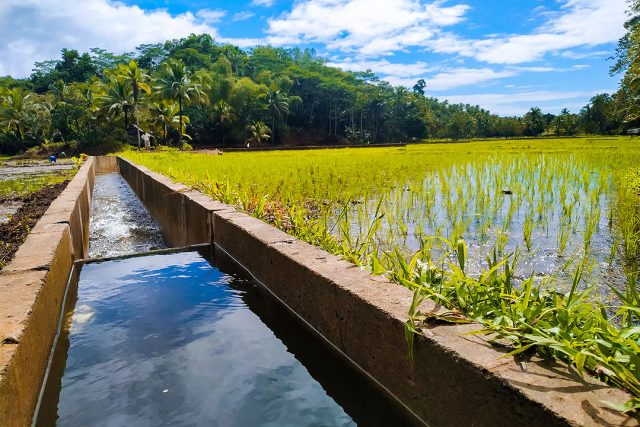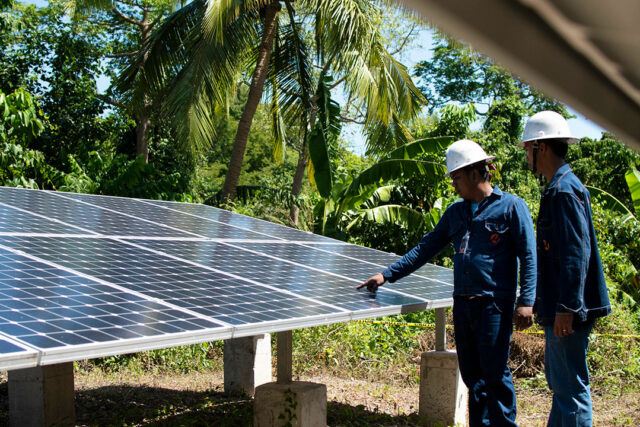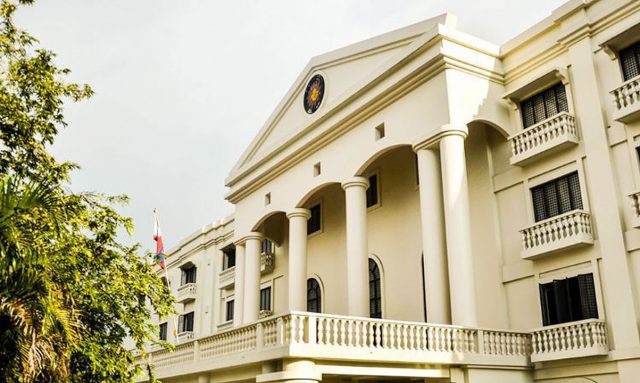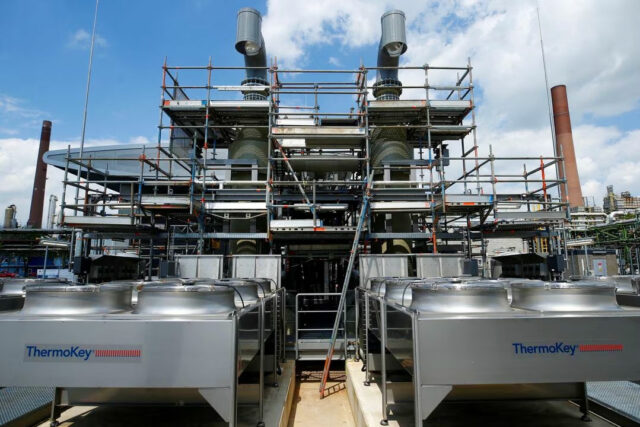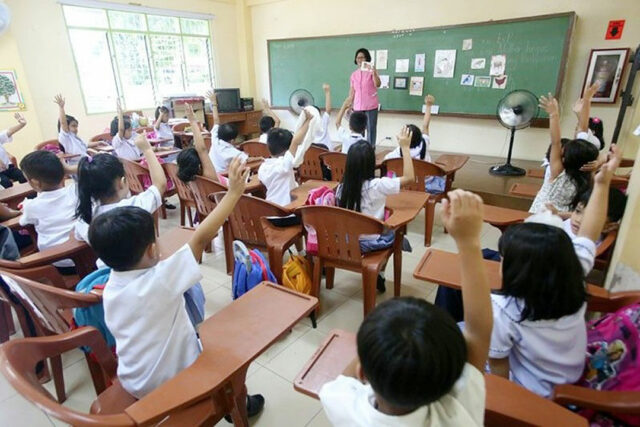Games On Saturday
(Smart Araneta Coliseum)
11 a.m. — UST vs UP (women’s Final Four KO)
2 p.m. — UP vs Ateneo (men’s Final Four)
6 p.m. — La Salle vs NU (men’s Final Four)
REIGNING champion Ateneo de Manila University ran away with a coast-to-coast 70-48 win over Adamson University (AdU) in the knockout set to earn the last and fourth ticket in the University Athletic Association of the Philippines (UAAP) Season 86 men’s basketball tournament Final Four yesterday at the Mall of Asia Arena.
The Ateneo Blue Eagles took flight with an 8-0 start and never set foot on the ground since then, leading by as many as 25 points en route to the big win that kept their title defense hopes flickering against no less than a very familiar neighbor.
Ateneo faces its Katipunan rival and top-ranked University of the Philippines (UP), a team it faced in the last two finals, this time in the Final Four albeit with a twice-to-win handicap as the No. 4 squad.
Jared Brown stood at the forefront of the barrage with 20 points on four treys laced by four rebounds, four assists and a steal as Ateneo emerged triumphant its first ever playoff match to dodge a rare semis miss under the watch of Tab Baldwin.
Sean Quitevis (11) and Mason Amos (10) cashed in key contributions while Kai Ballungay (7-7-4-2) and Joseph Obasa (4-16-2) anchored Ateneo’s defensive masterclass.
“I guesss probably on the scoreboard, maybe it didn’t look like a tough game in the end. But it was very tough game, it always is with Adamson,” said Mr. Baldwin.
“We’re very happy with the results and obviously, our mind is shifted over on UP beginning our preparations immediately.”
Ateneo, in a shaky title defense this season following the departure of its championship core, split its season series with Adamson with both games going down the wire.
But not this time around.
With Mr. Brown waxing hot early, Ateneo took a commanding 40-26 lead at the turn and met little to no resistance on its way to the blowout win that somehow made it up for the exit of the Ateneo women’s team earlier.
Matt Erolon (9) and Didat Hanapi (8) led the way as “King Falcon” Jerom Lastimosa, nursing an ACL, suited up in the second quarter and returned in the last two minutes before sinking a trey at the final buzzer for his fitting swan song in an illustrious UAAP career.
In women’s basketball, seven-peat champion National University (NU) dominated Ateneo, 58-43, to barge into its ninth straight finals appearance with Camille Clarin (12) and Karl Pingol (10) leading the way.
On the other hand, Favour Onoh hauled down a UAAP record of 30 rebounds plus 14 points as the third-ranked UP erased a 20-point deficit to stun No. 2 Santo Tomas (UST) in overtime, 88-80, and force a do-or-die Game 2. Louna Ozar (25), Kaye Pesquera (19) and Rhea Sanchez (12) also sizzled as the Fighting Maroons neutralized the Growling Tigresses’ twice-to-beat advantage for a chance to face the mighty Lady Bulldogs in the finale. — John Bryan Ulanday
The Scores: (men’s)
Ateneo 70 — Brown 20, Quitevis 11, Amos 10, Ballungay 7, Bongo 4, Obasa 4, Koon 3, Nieto 3, Credo 3, Espinosa 3, Lazaro 2, Chiu 0, Gamber 0, Tuano 0.
AdU 48 — Erolon 9, Hanapi 8, Calisay 5, Manzano 4, Yerro 4, Montebon 4, Sabandal 4, Magbuhos 3, Lastimosa 3, Barasi 2, Ramos 2, Colonia 0, Ojarikre 0, Cañete 0, Barcelona 0, Anabo 0.
Quarterscores: 24-15, 40-26, 56-39, 70-48.
The Scores:( (women’s)
First Game
NU 58 — Clarin 12, Pingol 10, Canuto 8, Konateh 8, Berberabe 4, Solis 4, Cayabyab 3, Betanio 3, Talas 3, Surada 2, Fabruada 1, Alterado 0, Alcantara 0.
Ateneo 43 — Calago 12, Dela Rosa 10, Makanjuola 8, Joson 7, Villacruz 6, Gastador 0, Angala 0, Solis 0, Nieves 0, Mataga 0, Fetalvero 0, Eufemiano 0.
Quarterscores: 13-11, 31-27, 48-37, 58-43.
Second Game
UP 88 — Ozar 25, Pesquera 19, Onoh 14, Sanchez 12, Domingo 9, Tapawan 6, Maw 2, Bariquit 1, Lozada 0, Vingno 0.
UST 80 — Pastrana 29, Tacatac 12, Santos 9, Villasin 9, Ferrer 7, Maglupay 4, Danganan 3, Dionisio 3, Soriano 2, Ambos 2, Bron 0, Ly 0, Serrano 0.
Quarterscores: 21-22, 38-45, 59-54, 72-72, 88-80 (OT).


